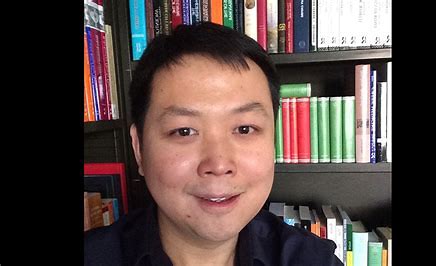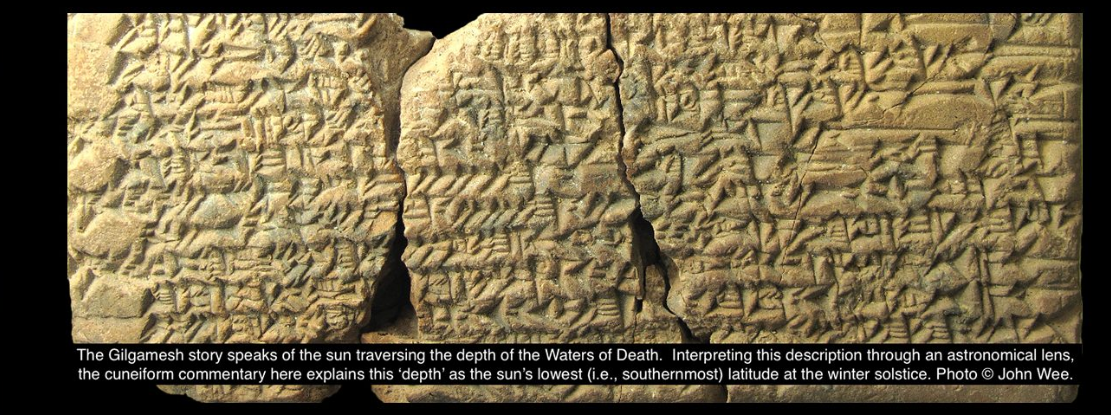
Dr John Wee
Fellow
Tembusu College
National University of Singapore
 john.wee@nus.edu.sg
john.wee@nus.edu.sg

John is a historian of early science, medicine, and mathematics, author of Knowledge and Rhetoric in Medical Commentary (2019), and editor of essays on Mesopotamian, Egyptian, and Greco-Roman medicine in The Comparable Body (2017). He served on the advisory board for the Encyclopedia of Ancient Greek and Roman Medicine project at the University of Erlangen-Nuremberg. John publishes on wide-ranging subjects, including historical commentaries on scientific and literary texts; the compartmentalization of knowledge in scribal curricula, canons, and professions; the Hippocratic writings; and the mapping of time, stars and planets, and the zodiac. Particularly through exemplars in medicine and astronomy, he explores our ways of seeing and knowing, the hermeneutics of scientific and philosophical language, as well as intersections among science, literature, and visual art.
John graduated from Yale University with a Ph.D. (distinction) in Near Eastern Languages & Civilizations and an M.A. in History (Classical Greece). He knows more than a dozen ancient and modern languages, and studied the original texts of the world’s earliest classics in literature and philosophy. He was a Samuel K. Bushnell Fellow and awarded the William J. Horwitz Prize at Yale, a Landesstiftung Baden-Württemberg Scholar at Heidelberg University, and a Provost’s Postdoctoral Fellow and then on faculty at the University of Chicago.
Course

